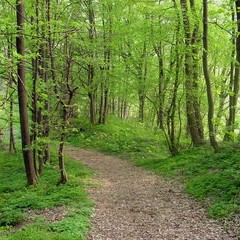How You Can Explain Forest Carbon in Context
We’ll begin rolling out the new series later this month, but we’ve also been producing an intermittent series on the broader history of land use within the Paris Climate Agreement, and we’ll be posting the next installment soon. If you find yourself struggling to either understand or explain the evolution of this sector, we encourage you to read or share this series as it unfolds. You can find the first installment here, but we also published a short-and-sweet summary that you may find worth sharing:
Published in mid-July, this story puts the recent spate of mainstream coverage into historical context by tracing the evolution of forest carbon all the way back to Jean Senebier’s discovery of photosynthesis in 1796. It then moves through Charles Keeling’s measurements of atmospheric CO2 in the 1950s and the early experiments with forest carbon in the 1980s. Short and sweet, it provides links to the series we are rolling out – a series that is clearly a work in progress, and one we hope you will find just as fascinating to read as we’ve found it is to research.
Another piece that offers some perspective is this even shorter one, which will direct you to some research on how carbon pricing impacts conservation:
The generally-accepted social cost of carbon is roughly $100 per ton of carbon dioxide in the atmosphere, but voluntary carbon prices rarely top $10 per ton. New research shows that a price of just $20 per ton can dramatically slow deforestation, especially in Africa, and mop up nearly 6 gigatonnes of carbon dioxide.
Research shows we can get 37 percent of the way to meeting the Paris Climate Agreement’s 2-degree target by improving the way we manage forests, farms, and fields, and carbon markets offer a way of funneling money into these activities. Here’s where markets stand now, and how we move them forward quickly. |








